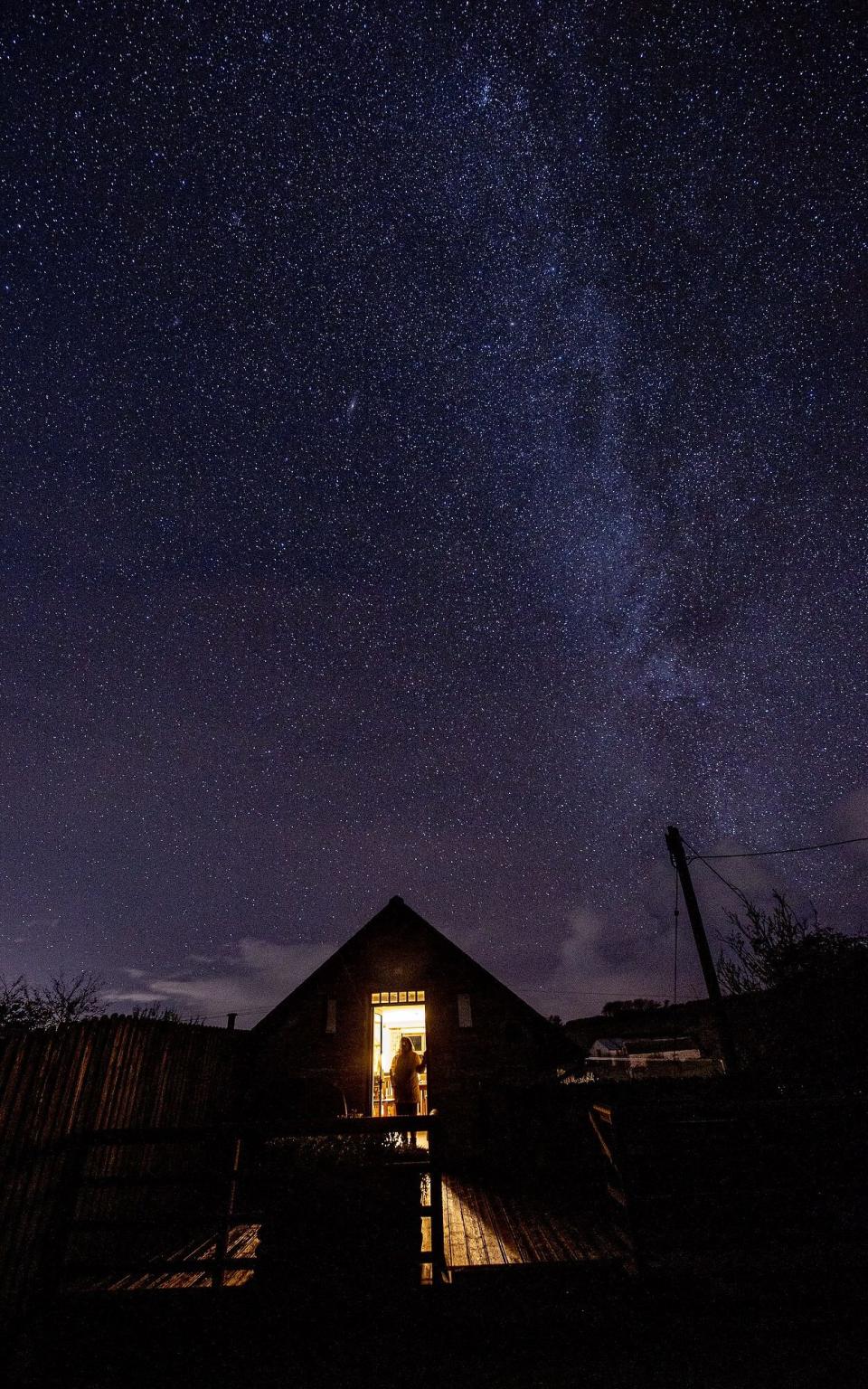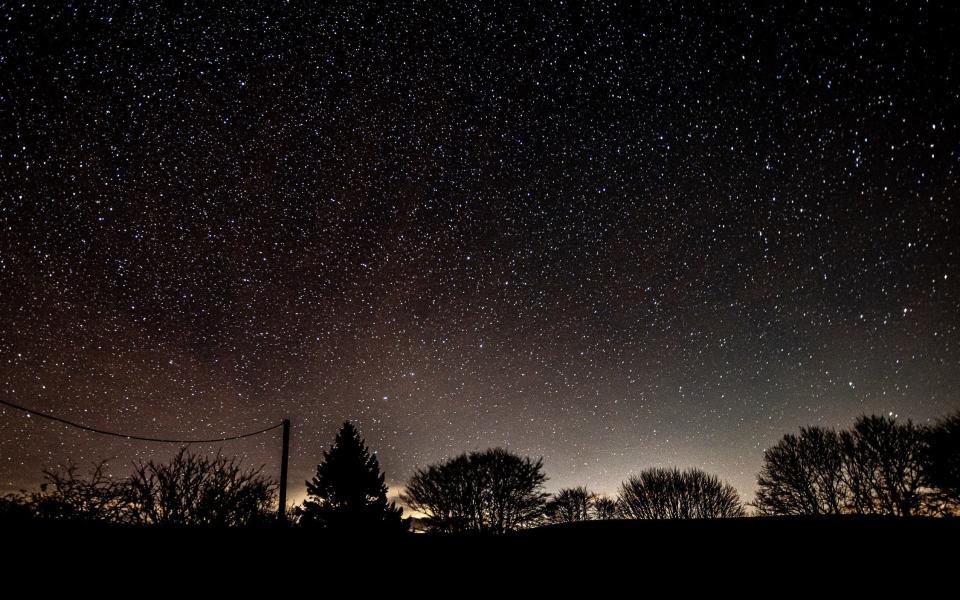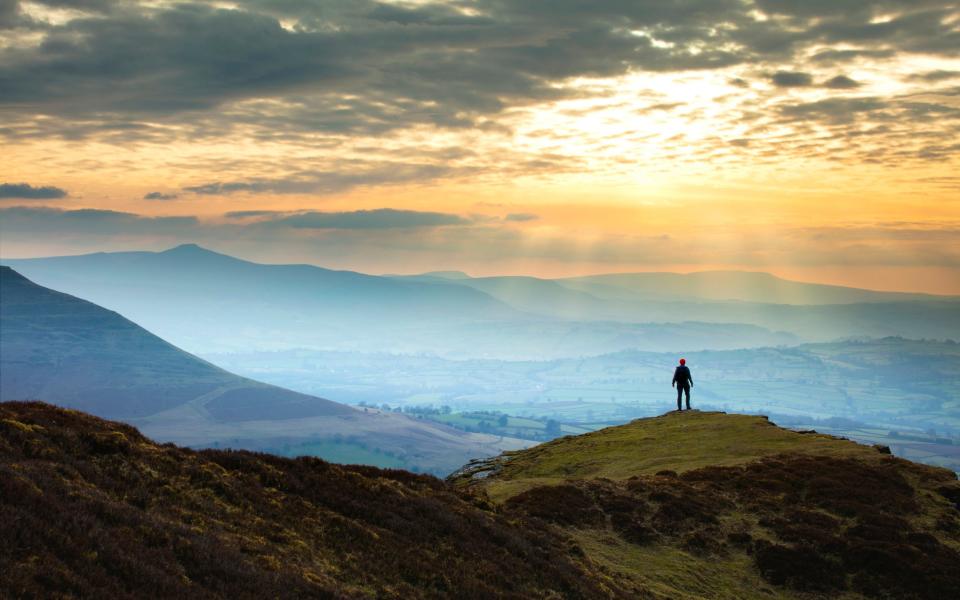This year, skywatchers were treated to a multitude of astronomical events, from supermoons to the Aurora Borealis. As 2023 comes to a close, however, there is one last celestial show to experience: the Geminids Meteor shower.
Famous for its colorful streaks of light, NASA calls the Geminids one of the “best and most reliable annual meteor showers” of the year. Happily, they should be visible to the naked eye across the UK, subject to visibility. Those with clear skies can expect to see up to 150 meteors per hour.
The peak of the “shooting stars” phenomenon should begin at around 7:30pm on Thursday 14th December, and will continue, albeit on a smaller scale, until Wednesday 20th December.
As for the best place to see them? For a small, overcrowded country, we have some really exciting places. From the emptiest stretches of our national parks to the sights of high-tech observatories, there are spots where you can feel your insignificance acutely. In a good way.


An astrologer once told me that for thousands of years most people would spend their nights gathered around the fire, telling stories about the characters they saw in the stars; Today, when we are properly covered by a dark sky this brings us a little closer to that lost world. It is a deep reconnection with nature at its infinite extent.
Stargazing may also be good for our health. Disruption of the daily rhythm of light and darkness by artificial lights is associated with processes that may lead to chronic disease; By lighting up the night, we are pushing our bodies to an inorganic barrage that they cannot cope with.
Nothing broadens your perspective like learning more about the universe. But ultimately all you have to do is look up, if you find the right place…
This is the place to see the Geminids Meteor shower.
Cheshire & the Peak District
Cheshire’s Jodrell Bank Observatory, home to the 250ft diameter Lovell telescope, is a UNESCO World Heritage Site. Learn about outer space here, then head east into the Peak District for some good dark skies. For example, through a night walk up the Bronze Age fortress of Mam Tor which offers an unobstructed view with little light pollution.
Jodrell Bank open daily, 10am-5pm. Adults/children £12/£8
Exmoor, Devon & Somerset
In 2011, Exmoor was named Europe’s First International Dark Sky Reserve. The park’s communities continue to work together to reduce light pollution, ensuring it remains one of the best astronomy spots in the country – particularly sites within the core dark sky zone, including Holdstone Hill, Gateway County, Webbers Post and Loch Wimbleball. Pick up a stargazing sheet from one of the national park centres, which also employ telescopes.
Telescope hire from £25 per night. More information can be found on the Exmoor National Park websitee.


Brecon Beacons, Wales
It is Wales’ first International Dark Sky Sanctuary, and the Trout Beacons have exceptionally low light pollution and excellent astronomical potential. Among the accessible and sparkling locations are the car park at Pen-Rhiw-Ddu, just off the road that goes over Sliabh Dubh; The National Park Visitor Center, near Libanus, where there is enough space to set up telescopes; Usk Reservoir, well protected from light pollution in south Wales; and Carreg Cennen (just outside the park, near Llandeilo), where you can see some of the darkest skies in the region looming over the castle ruins. Dark sky events are held from time to time.
Get more information on the The Brecon Beacons website.
Glenlivet and Tom an Ulta, Cairnruadh
Remotely populated and surrounded by 800m hills that protect it from light pollution, Glenlivet and Tomintoul – the world’s most northerly Dark Sky Park – have some of the blackest skies in the UK. It is great not only for a spectacular view but, taking into account the latitude, it gives the opportunity to catch the “mirrie dancers”, or northern lights. There are three Dark Sky Discovery Sites within the park, with parking and interpretation. Field of Hope has very good visibility to the horizon; the outer planets are visible here throughout the year. The remote Carrachs and Blairfindy Meadows are particularly good for the northern lights and outer planets between September and March.
There is free parking throughout Glenlivet Estate.
Long Mynd, Shropshire
Much of the National Trust land – from Cambridgeshire’s Wicken Fen to Wasdale in Cumbria – is good for stargazing; National Trust sites also have good car parks and sometimes wider footpaths, making more remote areas easier to access at night. Try the Cardmill Valley and the Long Mynd, home to four Dark Sky Discovery Sites, all of which have been awarded the higher designation of “Milky Way class”, meaning the Milky Way can be seen see with the naked eye.
Parking at Go Long cost £5.50.


Northumberland
Northumberland has Europe’s largest protected area of the night sky, and there is perhaps no clearer and more vivid display of cosmology than the one you’ll find here. On a clear night you will see the Milky Way, many meteors and – if you are lucky – the International Space Station. History buffs should watch the night sky with a trip to Vindolanda, an excellent museum on the site of another former military headquarters.
Find out more through our guide to Northumberland National Park.
Isles of Scilly
About 28 miles from any light pollution on the mainland, the Isles of Scilly have remarkably dark skies. In February 2019 a group of amateur astronomers opened the UK’s most south-westerly observatory. Built in a designated Dark Sky Discovery Zone, the publicly funded facility has two domes (one for deep sky viewing, one with solar viewing capacity) and a hot room where regular talks and workshops are held. In reality, however, the Geminids should be visible from anywhere on the islands.
The Isles of Scilly tourist board has more information about stargazing on its site website.